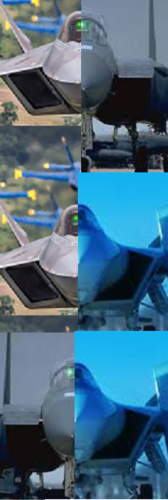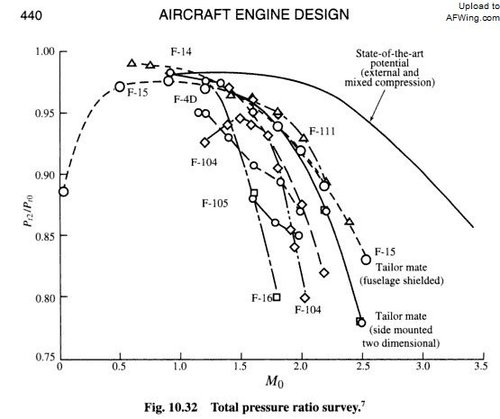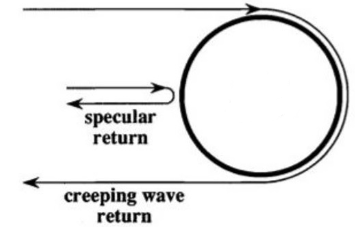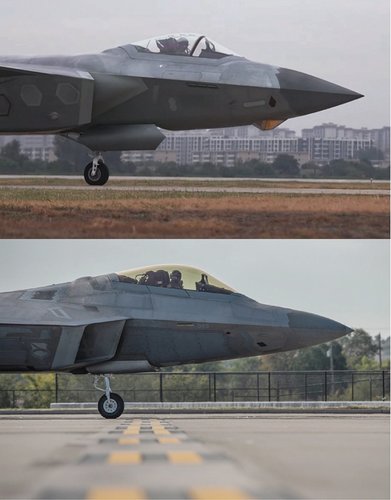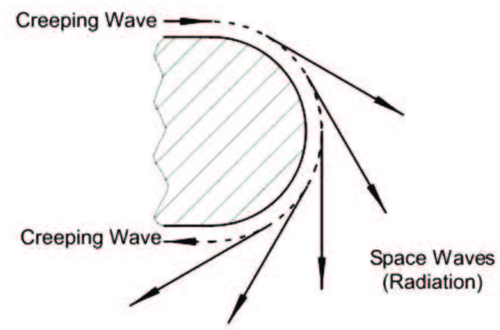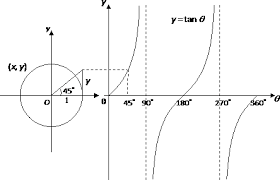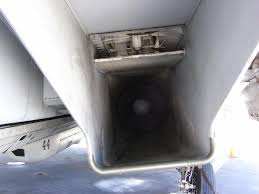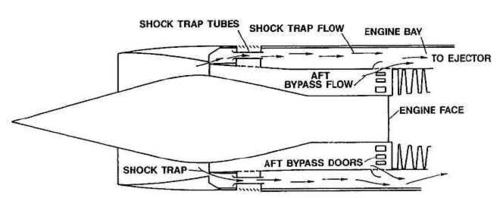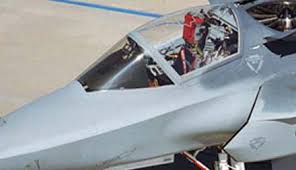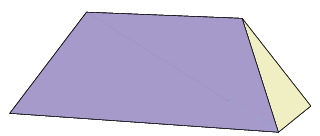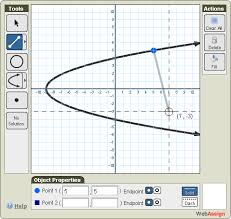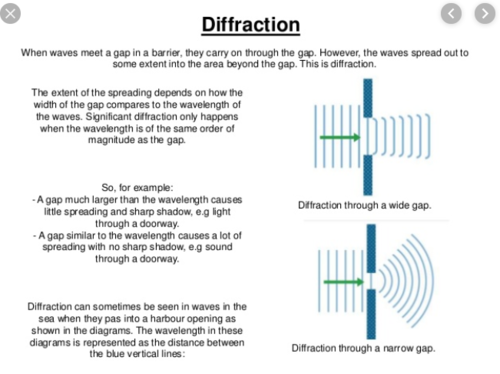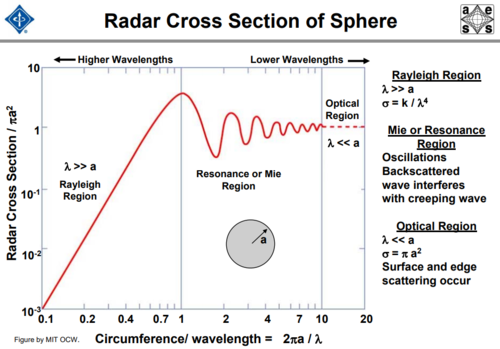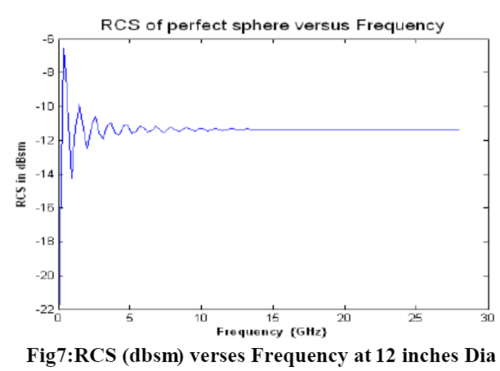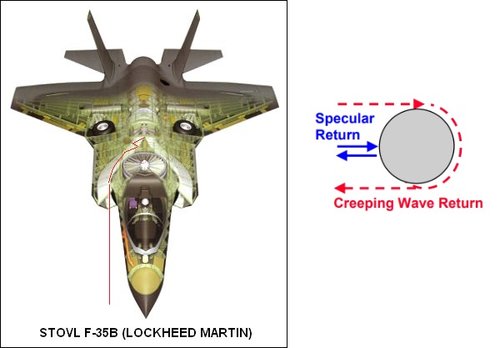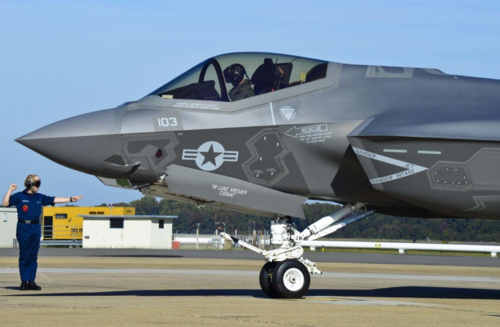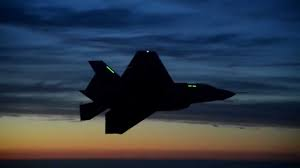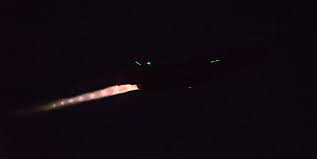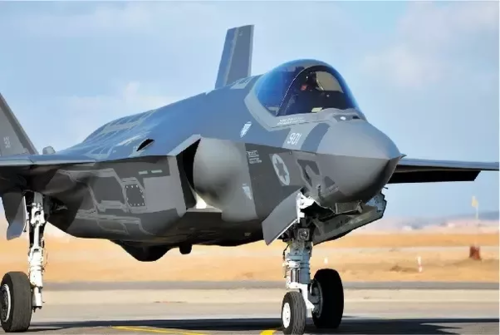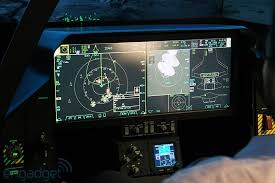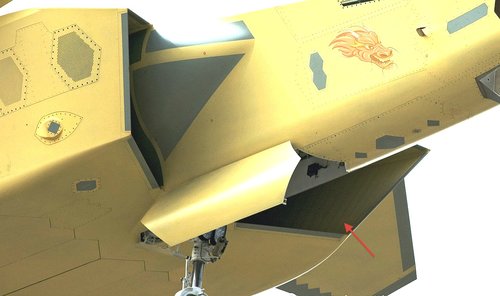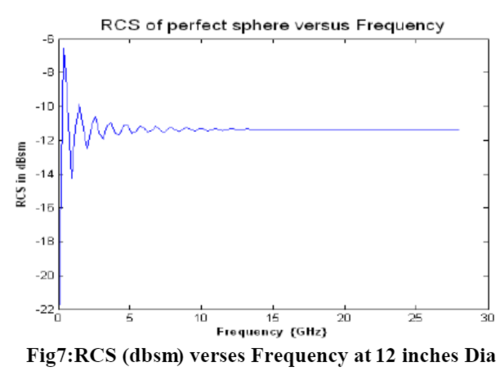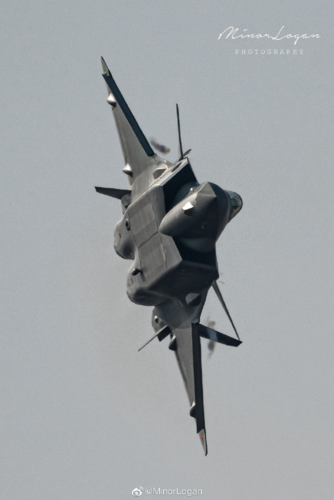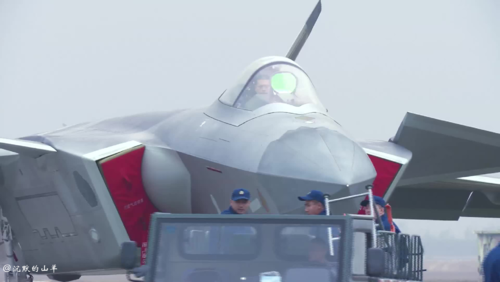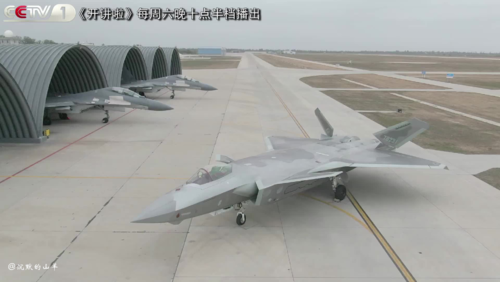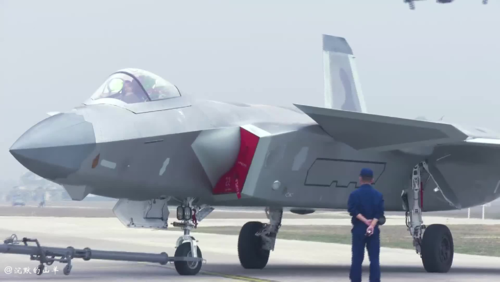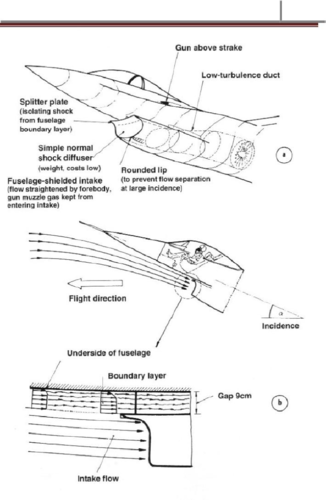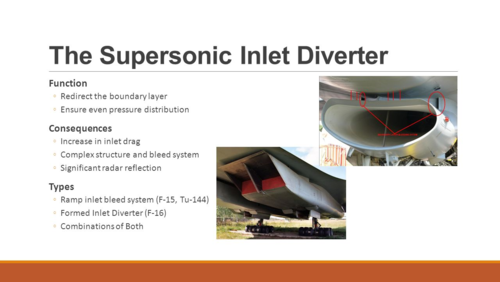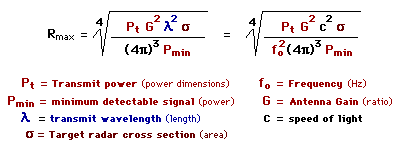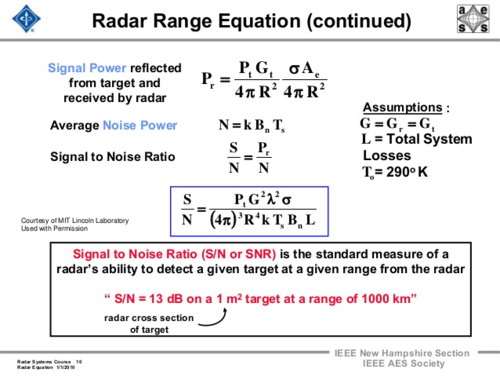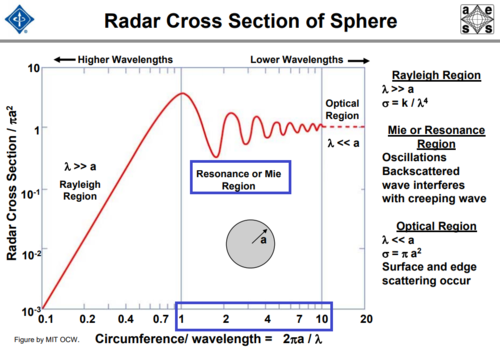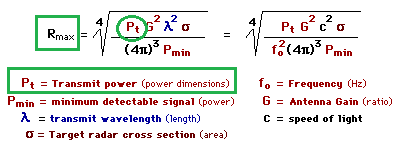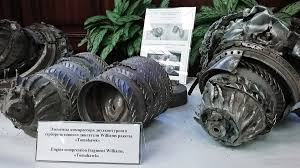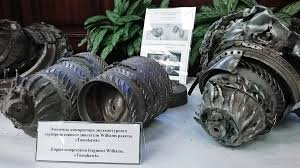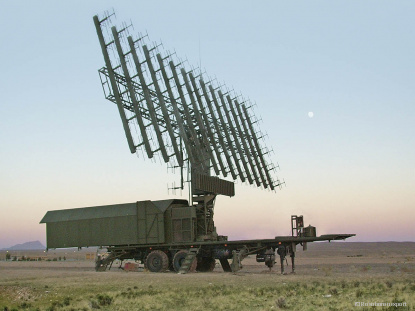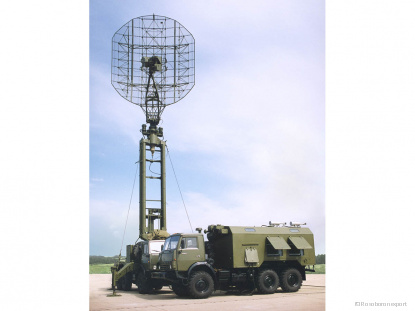Firstly, there are light behind a mountain because light hitting others object, terrains behind the mountain will scattered back in a wide cone, so some of that will hit the mountain. If you go to the true shadow region, aka the side of the hemisphere not facing the sun, there is no light from the sun. This is particularly evident when planet near the sun have half of their hemisphere at 400-500 degree Celsius and the other half at -150 degree Celsius. If light/ radio wave can always fully curve a whole circle around the object regardless of their size then we would never have radar horizon limit, there will be no night time, and you will always see object around corner. As none of those are possible, we know that the diffraction angle/creeping potency is depending on the wavelength size and the object size. If the wave is too small compare to the object, the diffraction angle is narrow. If the wavelength approach the size of the object, then it start to curve around. There is very good reason, they divide RCS into 3 regions: Optical/Mie/Rayleigh and very low frequency radar are considered better against stealth aircraft.There are important aspects you forget, if you are in a shadow still there is light, the concept of creeping wave is also related to power density, you are comparing an antena to the sun, the sun can fill the whole horizon, basically, no mountains will stop it can not compare, you are giving me an antena with very limited radiation power, remember light is also absorbed by the atmosphere, radar too, it weakens plus the human body is not homogeneous, is not perfectly smooth, there is plenty of diffraction around it, there are creeping waves in human body, creeping waves exist simply because the Huygens principle.
View attachment 620547
in Fig 4 you have a description of concentric circles for long waves and a narrow ray for microwave, however both have the same nature,
DSI intake can deal with creeping waves to an extent like i said to you because at 100 km the atmosphere has absorbed enough power density that it is very weak
I have never say caret inlet isn't for high speed so please don't strawman my argument.The caret intake you still do not want to admit, is for higher speeds, so it can keep pressure recovery of 95% at Mach 2, DSI can not do that does not matter how much you want to argue about its smoothness, in aerodynamic terms it will not help you compared to caret variable geometry intakes.
The angular edge redirect creeping wave so that it less likely to come back to the source. The smooth curve eliminate surface wave scattering. Please distinguish between the surface wave scattering and the creeping wave return.The bump and sharp edges are diffraction sources, you still think the bump by being smooth is invisible to radar, it is not. in fact you have a contradiction F-22 has chines good for eliminating creeping wave, F-15 has round cross section no good for creeping wave, but you say the bump is good
To mitigate both surface wave scattering and creeping wave return, you want a design that isn't circular or tube like but also doesn't have many sharp edges and discontinuities. Sort of an angular shape with blunt edge. That why F-22, F-35, B-2 doesn't have tube body like B-52, F-16 but they also doesn't have a full facet body like F-117. To further reduce the effect of edge diffraction, their wing leading and trailing edges are treated with RAM.



